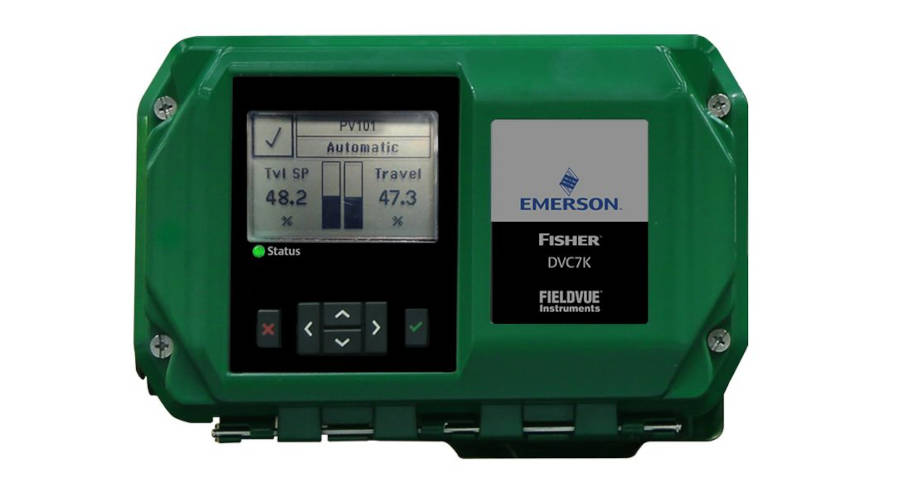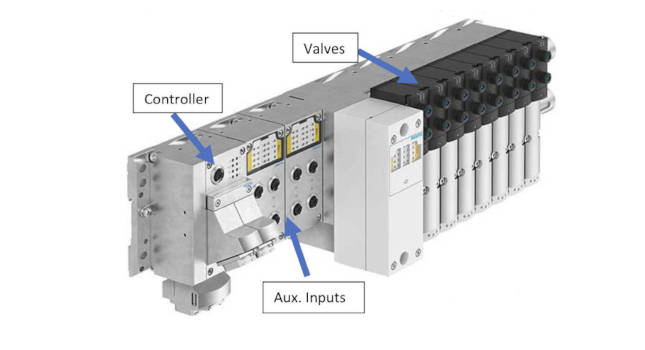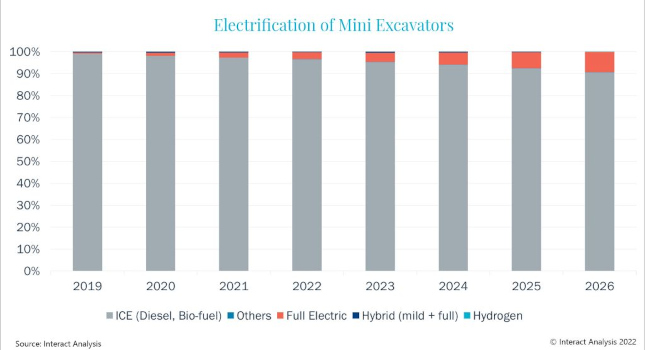Proper design and installation of relief valves can keep industrial fluid systems operating efficiently and effectively for years to come.
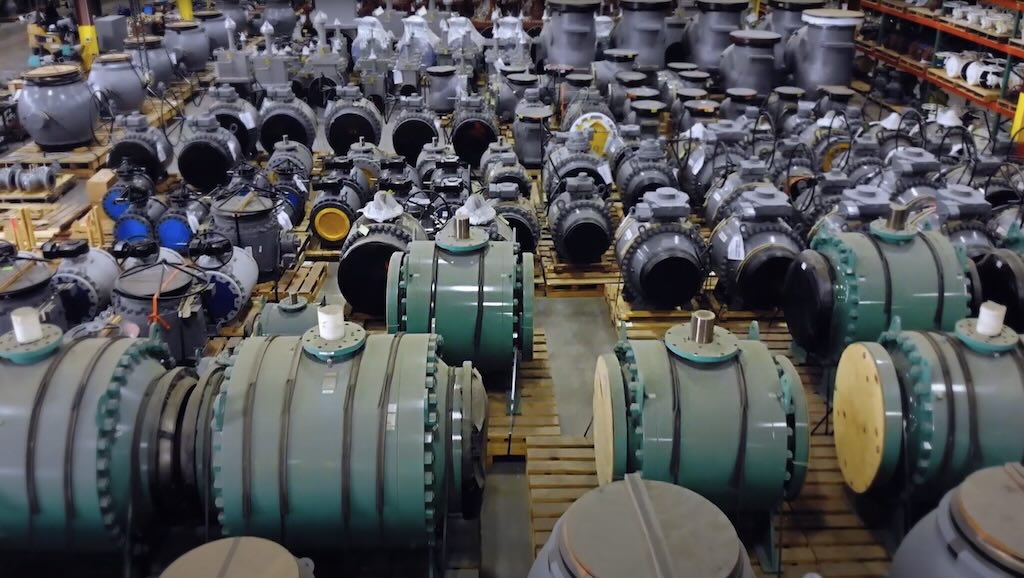
Learning Objectives
- Learn the importance of installing safety relief valves in critical areas of a fluid system.
- Review the three most common types of relief valves and how they work.
- Determine where to place relief valves in a system to enhance safety.
Valve insights
- Chemical plants and refineries use intricate networks of tubing to transport industrial fluids, presenting safety challenges due to system complexity.
- Effective initial design decisions, including the installation of pressure relief valves, can mitigate safety threats, prevent unplanned downtime and ensure the overall safety of facilities by managing overpressurization risks in fluid systems.
Chemical plants and refineries build extensive networks of small-bore tubing to move industrial fluids throughout their facilities. This web of tubing and pipes brings mission-critical fluids to the areas where they are needed to perform important functions.
Safety threats can unexpectedly occur because of the complexity of these systems, placing an undue burden on plant managers and operators to keep up. Making the right decisions in system design and component choices upfront can help relieve this burden and make the facility safer for everyone. Additionally, effective system design can avoid unplanned downtime, which can cost up to $100,000 an hour if components in the system fail.
Installing pressure relief valves in high-risk areas of a fluid system will enhance facility safety and prevent unforeseen downtime (see Figure 1). Venting excess pressure prevents blowouts, equipment damage or complete system failure and relief valves play a vital role in maintaining system pressures within acceptable limits.
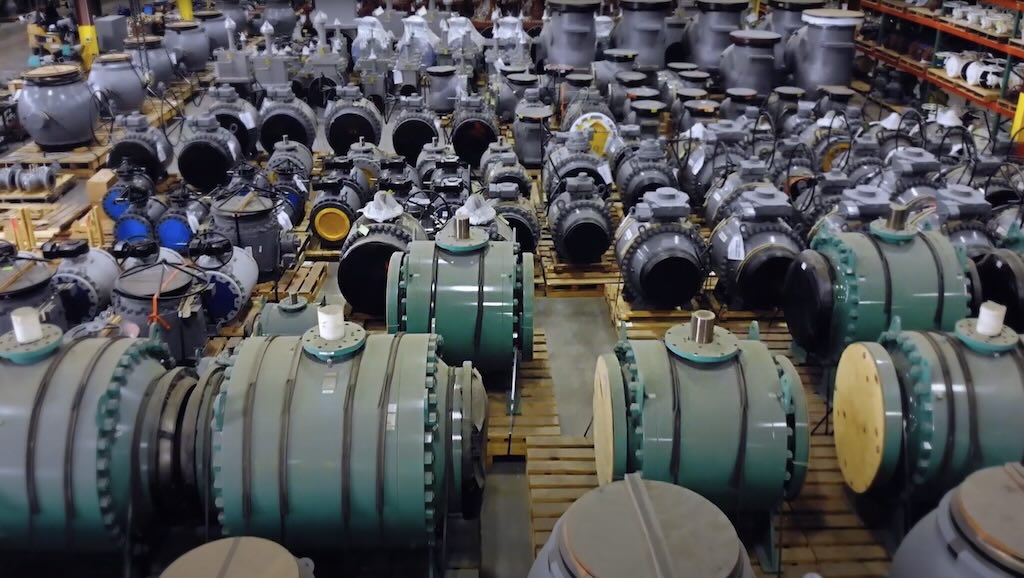
Safety depends on properly installed relief valves
Set pressures within critical industrial fluid systems can affect the safety and efficiency of a facility. While many chemical plants and refineries employ pressure regulators to manage pressure levels throughout the entire system, they are often not enough. Other fail-safe measures must work in conjunction with system components because unexpected pressure changes can lead to dangerous liquid or gas leaks, which could put employees at risk of exposure.
One such fail-safe strategy is to install relief valves at specific points throughout the system as part of the initial design. Operators can set relief valves to open and release pressure if it exceeds certain parameters. The released pressure can either be captured if it is potentially toxic or allowed to dissipate into the air if it is not.
Reliable relief valves are essential for keeping industrial fluid systems operating at peak performance. Finding a supplier that produces high-quality components and can commit to servicing them when necessary can prevent unnecessary downtime and eliminate leaks, keeping facilities and employees safe from harm (see Figure 2).
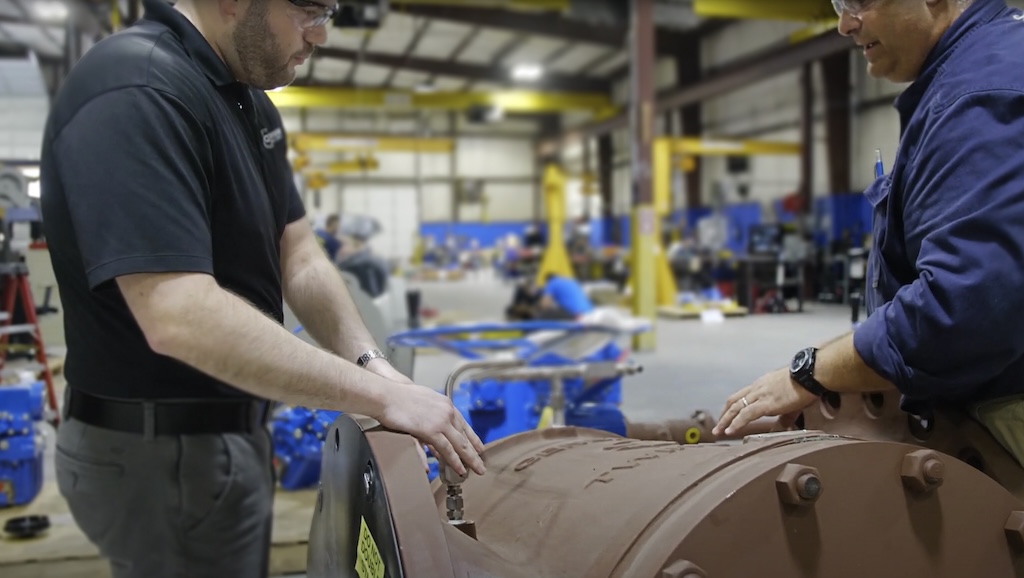
What causes relief valves to activate?
Any fluid system, no matter how well designed, can experience overpressurization, which is why it is important to have relief valves installed as a fail-safe measure. The complexity of fluid systems means there is no single cause of overpressurization.
However, the conditions leading to it can be generally grouped into one of four categories:
-
Procedural errors: Because people are responsible for operating chemical fluid systems, the systems themselves are inherently subject to common human error. For example, a technician may have opened the wrong valve in a system, leading to a pressure rise downstream. System conditions may have been improperly calibrated. The wrong type of pressure regulator may have been installed during routine fluid system maintenance. Robust fluid system training can help prevent these issues from happening, but it is still important to incorporate relief valves in case of operational error.
-
Component wear: Fluid system components naturally wear over time. Particularly in fluid systems that handle aggressive chemicals, corrosion can cause premature wear. In any case, component wear may compromise pressure control, making relief valves a necessity for chemical plant safety.
-
Contamination: Pressure regulators can reliably reduce pressure to desired levels, but dirty or otherwise contaminated fluids can compromise their performance. Particulates have the potential to compromise a regulator’s seal, allowing unwanted pressure to creep past the seal, which leads to rises in downstream pressure. Here, a relief valve would be able to vent off that unwanted pressure.
-
Loss of power: Some fluid systems may rely on the electronic control of certain components for operation or pressure control. If a system experiences an unexpected loss of power, compromising the ability of certain components to function as intended, relief valves will help manage any overpressurization that occurs.
Types of relief valves
Relief valves come in multiple shapes and styles depending on what their purpose is and how they are meant to work. The three most common types of relief valves include:
Proportional relief valves (PRV): PRVs provide overpressure protection with a variety of set pressures available (see Figure 3). They open gradually as the pressure increases and close when system pressure falls below the set pressure, with the resealing pressure always being lower than the set pressure. Consequently, they do not have a capacity rating at a given pressure rise (accumulation) and they are not certified to American Society of Mechanical Engineers or any other codes.
Some system applications require relief valves to meet specific safety codes. The system designer and user must determine when such codes apply and whether these relief valves conform to them. PRVs often come in a variety of set spring pressure ranges with the selected set pressure factory-set, tested, locked and tagged to ensure the desired setting.
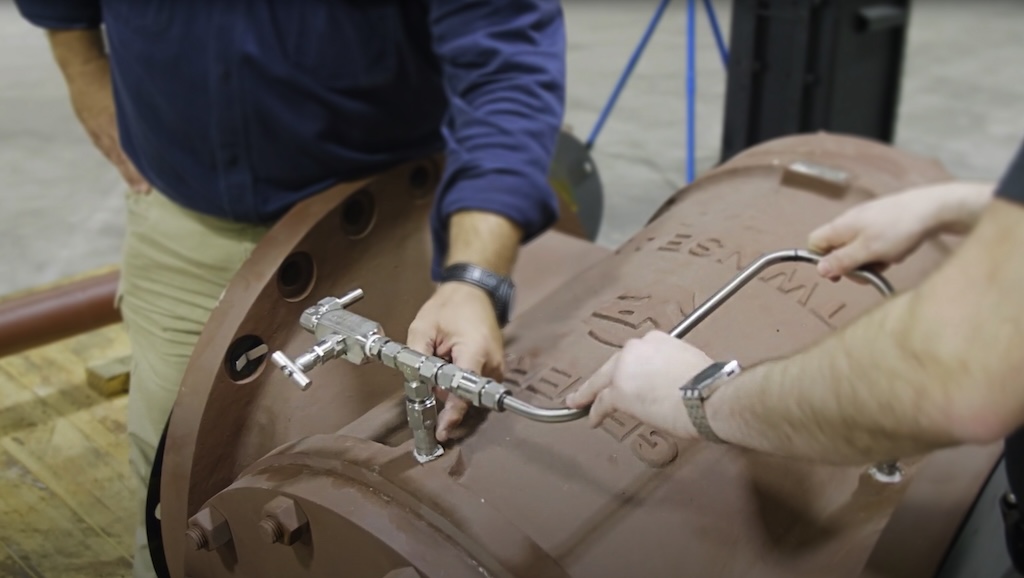
Bleed valves: Bleed valves can be used on instrumentation devices such as multivalve manifolds or gauge valves to vent signal line pressure to the atmosphere before removal of an instrument or to assist in calibration of control devices.
When installing a bleed valve, position the vent tube to direct system fluid away from the operator. Always open bleed valves slowly. These valves contain no packing, so some fluid leakage will occur when the valves are opened. Operating personnel must therefore protect themselves from exposure to system fluids.
Purge valves: Purge valves are manual bleed, vent or drain valves. The knurled cap is permanently assembled to the valve body for safety. One-quarter turn with a wrench after finger tightening provides leak-tight closure on first makeup. Snugging with a wrench ensures closure to the rated pressure with subsequent makeups.
For many purge valves, the vent hole rotates with the cap, changing the direction of discharge as the cap is turned. Therefore, operating personnel should pay attention to the direction of the vent to avoid standing in front of any potential discharge. Like bleed valves, purge valves should be opened slowly and may leak fluid, so operators should be aware of these potential hazards and behave accordingly.
Deciding where to place relief valves
Typically, chemical plants and refineries must employ relief valves in particular applications to maintain the overall safety of the employees and the environment, including the following applications:
-
When system pressure is high: In fluid system applications that exceed a certain pressure — usually measured in pounds per square inch, or psi — relief valves are an essential safety element that can help prevent potential accidents. Choosing high-quality small-bore tube fittings for such applications is a good way to protect against the potential dangers of overpressurization, and relief valves are a good supplemental safety measure for high-pressure applications.
-
When applications use toxic fluids or chemicals: In applications in which escaping system media would cause an immediate plant safety threat — toxic or hazardous chemicals, for example — relief valves are an essential safety measure. In the event of overpressurization in these applications, relief valves can be set up to capture vented pressure and media instead of releasing it into the atmosphere. Escaped fluid can then be safely disposed of.
-
When sensitive equipment is involved: One of the most important roles pressure relief valves can play is helping to protect sensitive analytical equipment from overpressurization. Higher pressures than the equipment is rated for can easily damage expensive systems, including online analyzers. This is especially important because analyzers are deployed to sample fluids directly from your main processes. An optimal regulator should be paired with a properly rated and set relief valve to ensure that pressure is sufficiently reduced from the main process by the time fluids are delivered to the analyzer.
Designing an industrial fluid system to maximize safety
In addition to relief valves, other important factors play significant roles in making a chemical plant or refinery safer. These include avoiding tube fitting intermix, eliminating unnecessary complexity and taking note of specific operational stressors like vibration and heat. By taking all these factors into account, chemical plants and refineries can design safer industrial fluid systems from the ground up.
Choose a supplier that can guide the plant or facility team through the design process with in-house system design specialists who are familiar with the chemical and refining industries. They should be up to date on the latest developments in safe system design and can provide the proper expertise to allow all systems to perform effectively in any operational environment.
